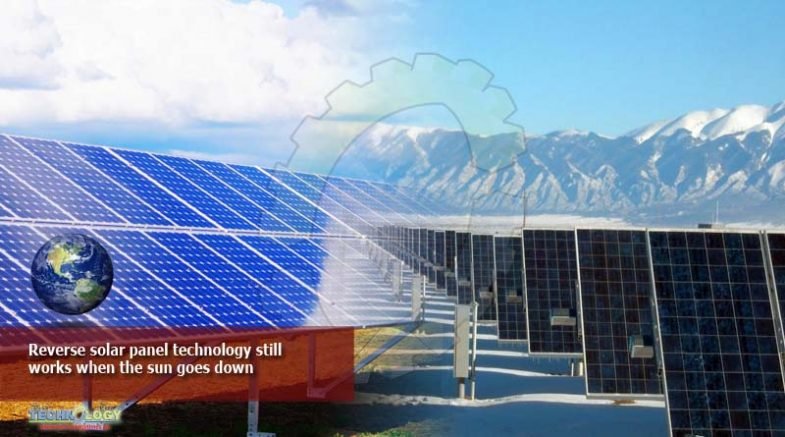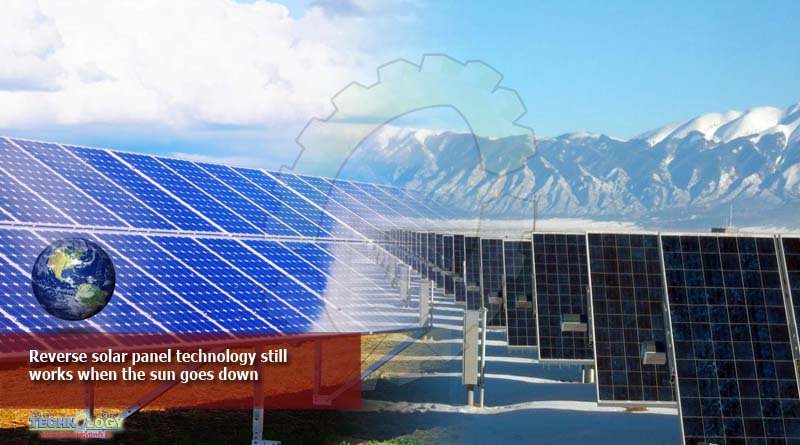Specially designed panels could help solve solar energy’s balance issues by generating energy once the sun has gone down, a research paper from scientists at the University of California Davis has suggested.

Traditionally solar panels, or photovoltaic cells, have suffered from the effects of changeable seasons and the fact that they don’t work at night. From cloudy weather to dwindling day length, its not just the dusk that stops them from providing a viable renewable energy source for people in many parts of the world.
Not for much longer, however, as Professor Jeremy Munday has created a solution that would allow us to harvest electricity from the night sky.
The nighttime solar cells would essentially work the same way as their daylight counterparts but in reverse. Every night, heat from the sun escapes the earth in the form of infrared radiation in order to keep the planet at a constant temperature.
“A regular solar cell generates power by absorbing sunlight,” Munday told Science Daily, “in these new devices light is instead emitted and the current and voltage go in the opposite direction but you still generate power.”
The device would be able to generate up to 50 watts of power per square meter, a quarter of what conventional panels can generate in the daytime. They would also work in the daytime if the light was blocked or they were pointed away from the sun. Some research even suggests that we could use them to harness the waste heat generated by machinery. “You have to use different materials but the physics is the same,” Munday explained.
Far from a new idea, people have been using similar technology to achieve nighttime cooling for hundreds of years. You are using the same theory when you open your windows and doors after a hot day to cool down your house. Essentially this form of passive cooling uses the night sky as a massive heat sink, drawing warmth away from the earth once it gets dark.
Last year, a project at Stanford University saw scientists similarly try to use the differences in day and night temperatures to generate electricity. They managed to prove that the technology did work but there is a long way to go when it comes to efficiency and performance. These reverse solar panels may only be prototypes but a similar idea could operate around the clock providing energy in places with changeable weather conditions and low light levels.
